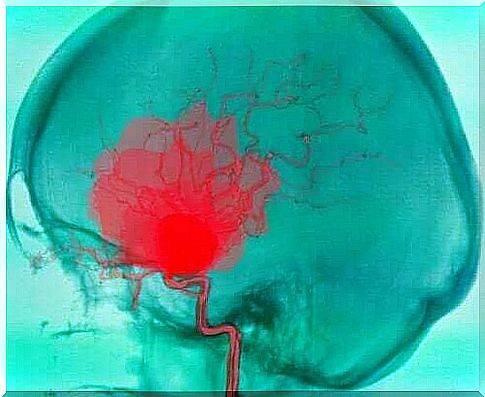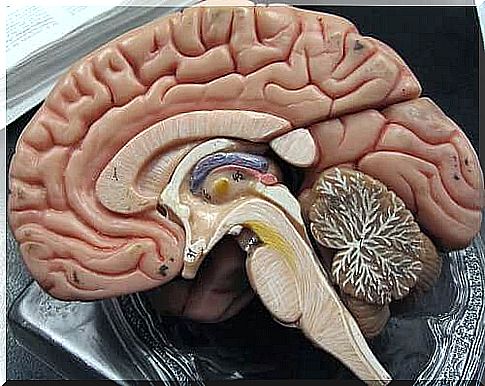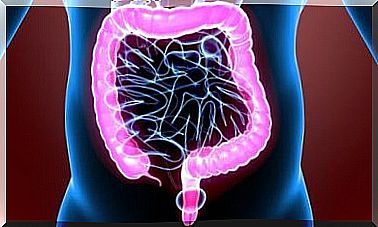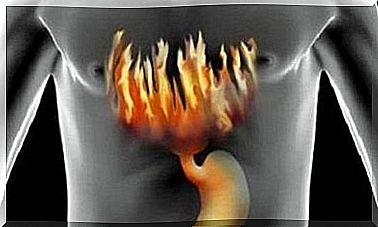Subarachnoid And Subdural Haemorrhages

The dura mater and arachnoid are two of the three meninges that humans have. Meninges are the structures that line the central nervous system. Subarachnoid and subdural hemorrhages refer to hemorrhages occurring in these two parts.
The meninges
The skull and spine protect the brain and spinal cord. However, they also have another protective system: the meninges. In fact, these also aid in nerve development.
As the NIH Cancer Dictionary explains, ” Menes are the three layers of tissue that cover and protect the brain and spinal cord. ‘
We have three of these layers namely:
- dura mater
- Arachnoides
- Soft meninges or pia mater
The outer and thickest, the dura mater, is separated from the bone by the epidural space. In the skull, this space does not exist, because the dura is attached to the bone. However, it does exist in the spinal cord where the veins and fat are located.
Below the dura is the arachnoids, separated by the subdural space. This space only really becomes visible when a hemorrhage occurs and the blood separates the two meninges.
The arachnoids extends through this space to the pia mater. The subarachnoid space contains cerebrospinal fluid. In fact, it dampens pressure changes from sudden blows or movements.
Finally , the pia mater sticks to the nervous tissue, even in the grooves. In addition, scientists are still figuring out whether it also goes into tissue.
Subarachnoid and Subdural Bleeding

In subarachnoid and subdural hemorrhages, the first thing that happens is for blood to flow out of the arteries. These vessels are located in the space between the meninges.
This blood damages the brain tissue. However, depending on the type of bleeding , they have different effects and also require different treatments.
Subdural Bleeding
Subdural hemorrhages are hemorrhages in which blood pools in the space between the dura and arachnoids. This blood usually comes from the veins after trauma. However, there are three types of hematomas, the name being based on the time it takes to appear:
- Acute Subdural Hematoma
- Subacute Subdural Hematoma
- Chronic Subdural Hematoma
Acute Subdural Hematoma
This type appears the fastest. It is usually due to severe trauma in which the veins that go from the cerebral cortex to the meninges rupture. Those who have this usually fall into a coma immediately. In addition, some parts of the brain stop working. Some examples:
- Hemiparesis: half-sided problems with movement. This is actually because the injury originated in the part of the brain that controls motor skills.
- Mydriasis: This causes the pupils to dilate. This is because the injury is in the area that the muscle of the iris controls.
Subacute Subdural Hematoma
This appears more slowly and is usually less severe. This is because less blood flows from the blood vessels. In addition, the blood also begins to clot. However, it is also caused by trauma.
Generally , the person loses consciousness and then recovers. After that, the person will feel misted and have trouble focusing for several days.
Chronic Subdural Hematoma
This is a result of multiple injuries that have occurred over time. These injuries have always caused small bruises.
If the blood is not subsequently reabsorbed, a hematoma develops. This is even common in the elderly. The first symptom is usually a headache, and later changes in behavior and mood may occur.
These changes occur little by little. In addition, people with this problem begin to sleep more, have difficulty thinking, and experience other symptoms.
Subarachnoid haemorrhage

Subarachnoid hemorrhages are hemorrhages in which blood pools between the arachnoids and the pia mater. The blood usually comes from arteries and can have many different causes. The most common is an aneurysm, in which a blood vessel ruptures.
Aneurysms can cause headaches or even seizures before they rupture. This usually occurs in people between the ages of 40 and 60 and is associated with the following symptoms, among others:
- vomit
- trouble thinking
- intense headache
- pain or discomfort from light
About 48 hours later, problems appear as the meninges become irritated and the neck stiffens as well. In addition, one may experience eye problems such as paralysis of eye movements.
Subarachnoid hemorrhages cause consequences up to 60% of cases. In addition, 40% of survivors will be permanently dependent on others in one way or another.









